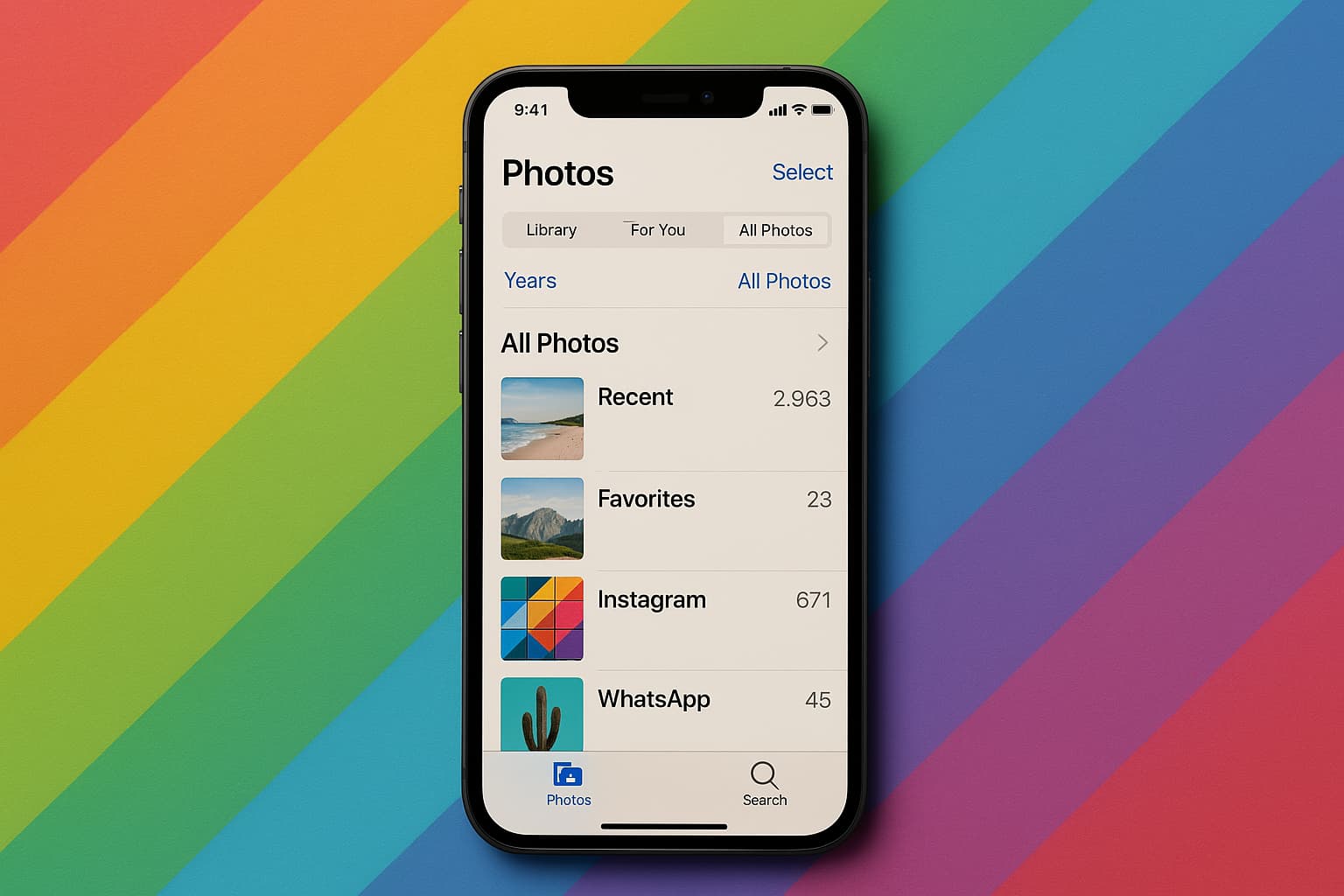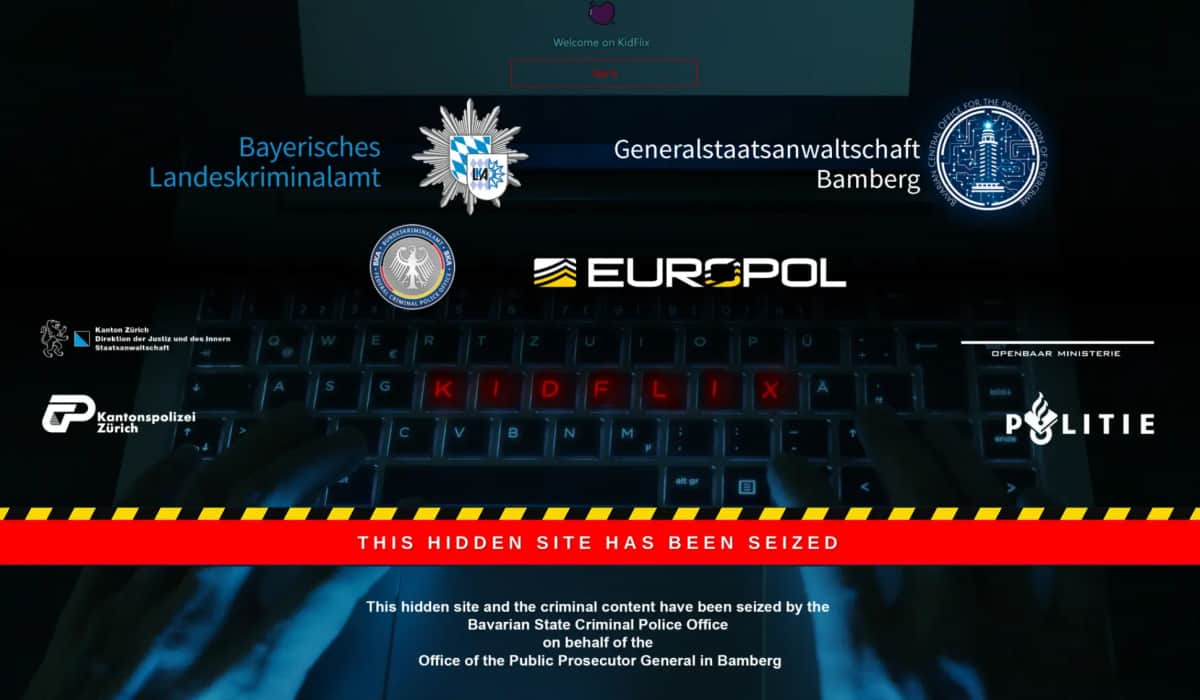BOOK THIS SPACE FOR AD
ARTICLE ADRead the original article: Data Security in the SaaS Age: Quick Wins
Posted under: Research and Analysis
As we wrap up our series on Data Security in the SaaS age, let’s work through a scenario to show how these concepts apply in a specific scenario. We’ll revisit the “small, but rapidly growing” pharmaceutical company we used as an example in our Data Guardrails and Behavioral Analytics paper. The CISO has seen the adoption of SaaS accelerate over the past two years. Given the increasing demand to work from anywhere at all organizations, the CTO and CEO have decided to minimize on-premise technology assets.
A few years ago they shifted their approach to use data guardrails and behavioral analytics to protect the sensitive research and clinical trial data generated by the business. But they still need a structured program and appropriate tools to protect their SaaS applications. With hundreds of SaaS applications in use and many more coming, it can be a bit overwhelming to the team, who needs to both understand their extended attack surface and figure out how to protect it at scale. With guidance from their friends at Securosis, they start by looking at a combination of risk (primarily to high-profile data) and broad usage within the business, as they figure out which SaaS application to focus on protecting first.
The senior team decides to start with CRM. Why? After file storage/office automation, CRM tends to be the most widespread application, representing the most sensitive information stored in a SaaS application: customer data. They also have many business partners and vendors accessing the data and the application, because they have multiple (larger) organizations bringing their drugs to market; they want to make sure all those constituencies have the proper entitlements within their CRM. Oh yeah, and their auditors were in a few months back, and suggested that assessing their SaaS applications needs to be a priority, given the sensitive data stored there.
As we described in our last post, we’ll run through a process to determine who should use the data and how. For simplicity’s sake, we’ll generalize and answer these questions at a high level, but you should dig down much deeper to drive policy.
What’s the data? The CRM has detailed data on all the doctors visited by the sales force. It also contains an extract of prescribing data to provide results to field reps. The CRM has data from across the globe, even though business partners distribute the products in non-US geographies, to provide an overview of sales and activity trends for each product. Who needs to see the data? Everyone in the company’s US field organization needs access to the data, as well as the marketing and branding teams focused on targeting more effective advertising. Where it gets a little squishy is the business partners, who also need access to the data. But multiple business partners are serving different geographies, so tagging is critical to ensure each customer is associated with the proper distribution partner. Federated identity allows business partner personnel to access the CRM system, with limited privileges. What do they need to do with the data? The field team needs to be able to create and modify customer records. The marketing team just needs read-only access. Business partners update the information in the CRM but cannot create new accounts. That happens through a provider registration process to ensure multiple partners don’t call on the same doctors or medical offices. Finally, doctors want to see their prescribing history so they need access as well.If the team were starting from scratch, they would enumerate and build out the policies from whole cloth, and then deploy the CRM with the right rules the first time. But that train has already left the station. Thousands of people (internal, business partners, and customers) already access the CRM system, so the first order of business is a quick assessment of the SaaS application’s current configuration.
Quick Assessment
They didn’t have the internal bandwidth to perform the assessment manually during the timeframe required by the auditors, so they engaged a consulting firm which leveraged a SaaS management tool for the assessment. What they found was problematic. The initial entitlements allowed medical practices to access their prescribing history. But with overly broad privileges, any authorized user for a specific medical practice could see their entire customer record — which included not just the history of all interactions, but also notes from the sales rep. And let’s just say some of the reps were brutally honest about what they thought of some doctors.
Given the potential to upset important customers, it’s time to hit the fire alarm and kick in the damage control process. The internal IT team managing the CRM took a quick look and realized the access rule change happened within the last 48 hours. And only a handful of customers accessed their records since then. They reverted to the more restrictive policy, removed access to the affected records, and asked some (fairly irate) VPs to call customers to smooth over any ruffled feathers. The cardiologist who probably should have taken their own advice about health and fitness appreciated this gesture (and mentioned enjoying the humble pie).
There were a few other over-privileged settings, but they mostly affected internal resources. For example the clinical team had access to see detailed feedback on a recent trial, even though company policy is only to share anonymized information with clinicians. Though not a compliance issue, this did violate internal policy. They also found some problems with business partner access rules, as business partners in Asia could see all the accounts in Asia. They couldn’t make changes (such as reassigning doctors to other partners), but partners should only see the data for doctors they registered.
The other policies still reflect current business practices, so after addressing these issues, the team felt good about their security posture.
Continuous Monitoring
But, of course, they cannot afford to get too comfortable given the constant flow of new customers, new partners, and new attacks. The last aspect of the SaaS data security program is monitoring. It’s essential to monitor the SaaS application and gain understanding of how each change impacts security posture. It’s also critical to have clear notification and automated remediation processes for specific issues. Before claiming victory over the security of the CRM application and moving on to the next SaaS application, the team also needs to make sure there is a schedule of periodic assessment to revisit entitlements.
In our pharmaceutical company the security and ops teams got together to define and document ongoing assessment and remediation. A set of issues were identified as never acceptable, including things such as privilege escalation to make customer changes (without authorization), downloading clinical data, and providing global access to customer data, among others. For never-acceptable issues, the security team is empowered to make necessary changes to protect data. Period. In some situations where you take action immediately, and then ask for permission, because critical data is at risk.
For other issues with less risk, the ops team set an expectation with the security team for what information they needed to assess urgency and make appropriate fixs. They also set SLAs for response to issues received, based on the criticality of the data.
And with that we wrap up our series on Data Security in the SaaS Age. Since we first published Tidal Forces back in early 2017, it’s become clear that SaaS will supplant pretty much all of back office applications. That has come to fruition, and if anything will accelerate now that on-premise resources are mostly out of reach. So many of our tried and true approaches to data security must evolve, and we hope we have laid out a path which will help you get there.
– Mike Rothman
(0) Comments
Subscribe to our daily email digest
The post Data Security in the SaaS Age: Quick Wins appeared first on Security Boulevard.
.png)















 Bengali (Bangladesh) ·
Bengali (Bangladesh) ·  English (United States) ·
English (United States) ·